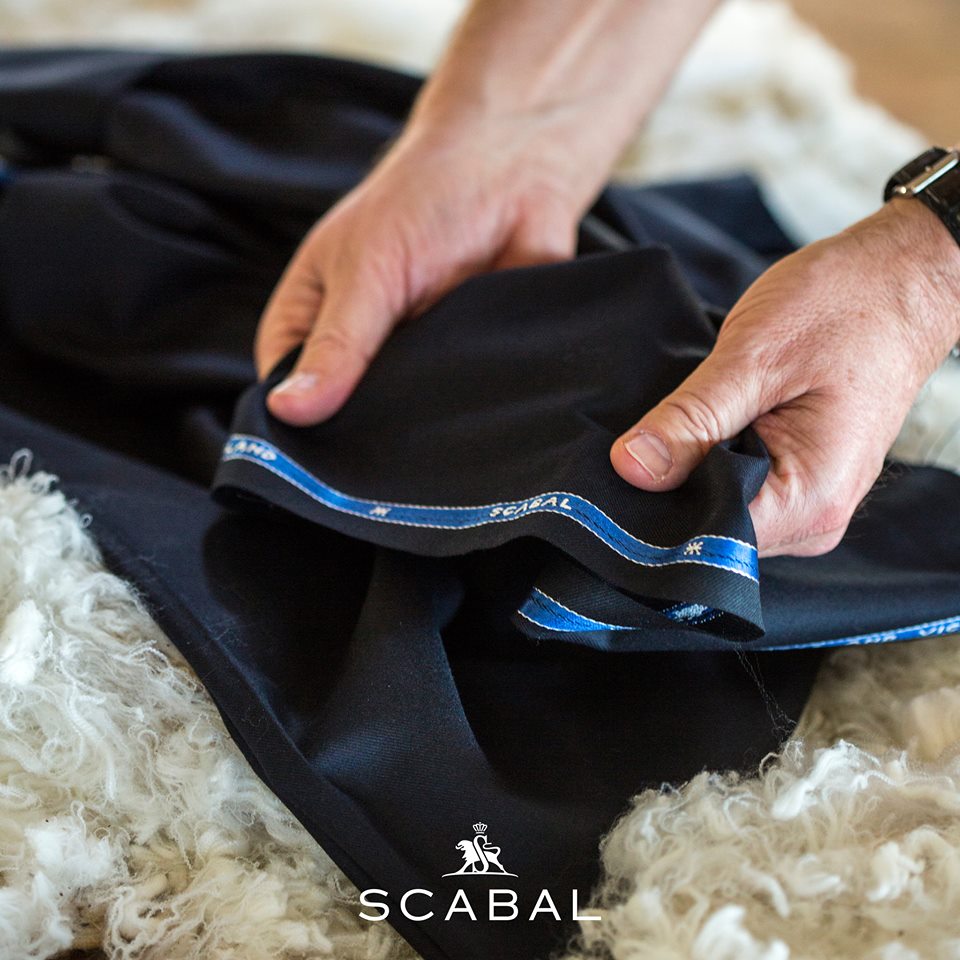There are very many different characters working at LGFG Fashion House, all great in their own way! And as we promised, we will let you have a little sneak peak inside. In this post, you can get to know our great tailor Julian Burreci a little bit better.

I found LGFG in the most unexpected of ways, at a Vipassana meditation retreat. I had met one of the sales guys there and eventually ended up joining because I saw how awesome the company was. I grew up in Toronto and went to high school in Niagara, studied Acting and eventually went into studying Traditional Chinese Medicine as I have a serious passion about health, wellness and alternative medicine. The reason I acquired the mindset I have is because I began meditating at 21 years old, at a really low point in my life, and through the experiences that I attained as I practised I began to see things in a new light. LGFG is the greatest thing that has happened to me thus far, it has helped me grow in ways I never thought possible in the short 2 years I’ve been here. This company operates on leadership principles, we are interested not only in growing sales, but also people. We will take a good attitude over a top producer that lacks one any day and that is a really indicative quality to me of a correctly run organization with an amazing culture. To talk a bit about my spare time, I love to meditate, practise dance, Qi Gong, Tai chi, DJ and research new and interesting subjects (I have a mind that is hungry for knowledge and growth!)

I love what I do and it’s amazing and extremely rewarding to add value to busy executives lives, I am extremely passionate about mens fashion and my dream suit is a Dormeuil double breasted light grey suit with fancy blue checks. My personal style is novelty, I love to wear interesting and “off beat” ties, bowties and accessories to really pull my outfit together and create a unique self expression. From flamingo linings to comic strip bowties I love to make my look pop with something that ties into some aspect of eclectic nostalgia. I love working in this industry because I am passionate about dressing well and that passion directly translates over to my clients. To be a great tailor it is important to be an incredible listener. A great fitting suit is as unique as a personality, and the preference for fit varies incredibly. Listen, observe and build a connection and you will nail a great fitting suit every time!











